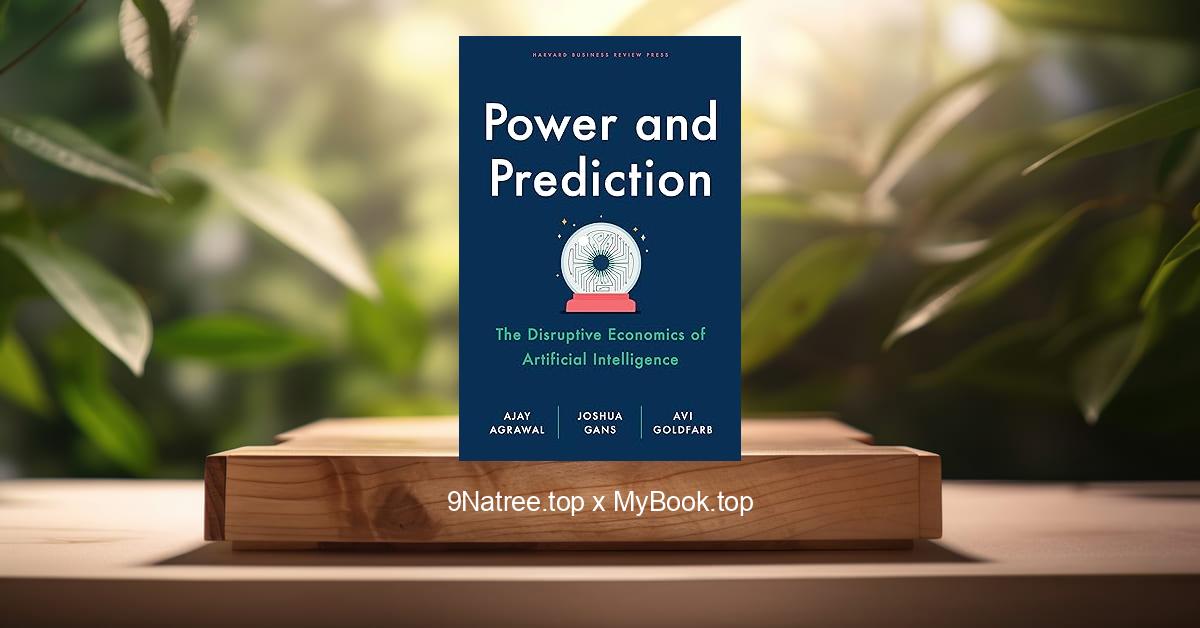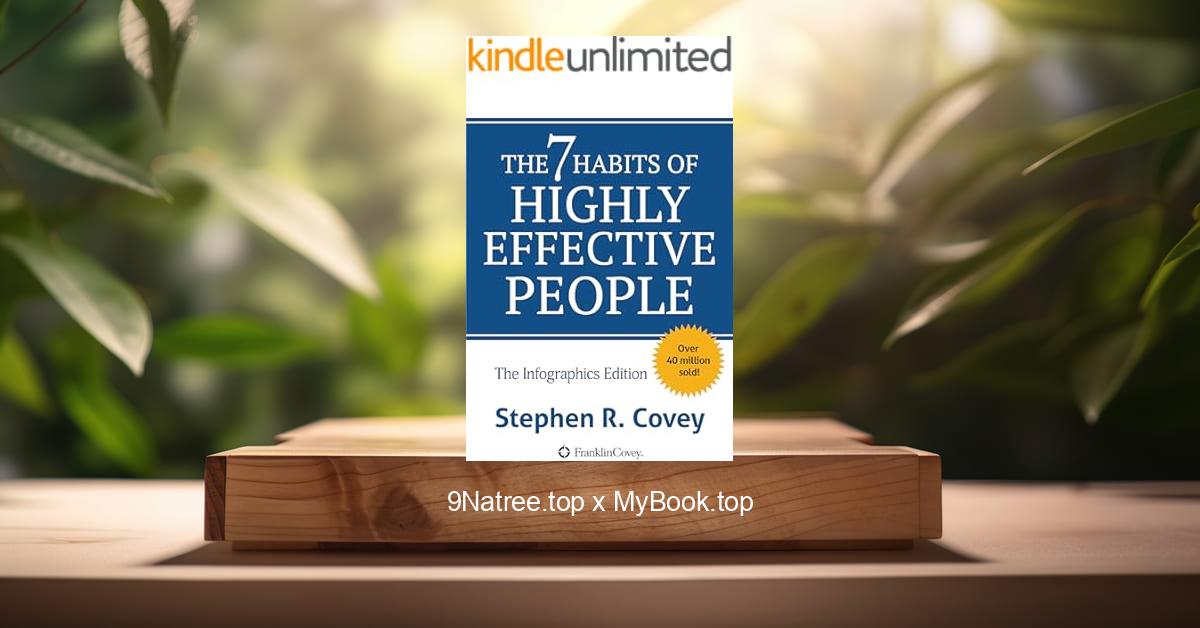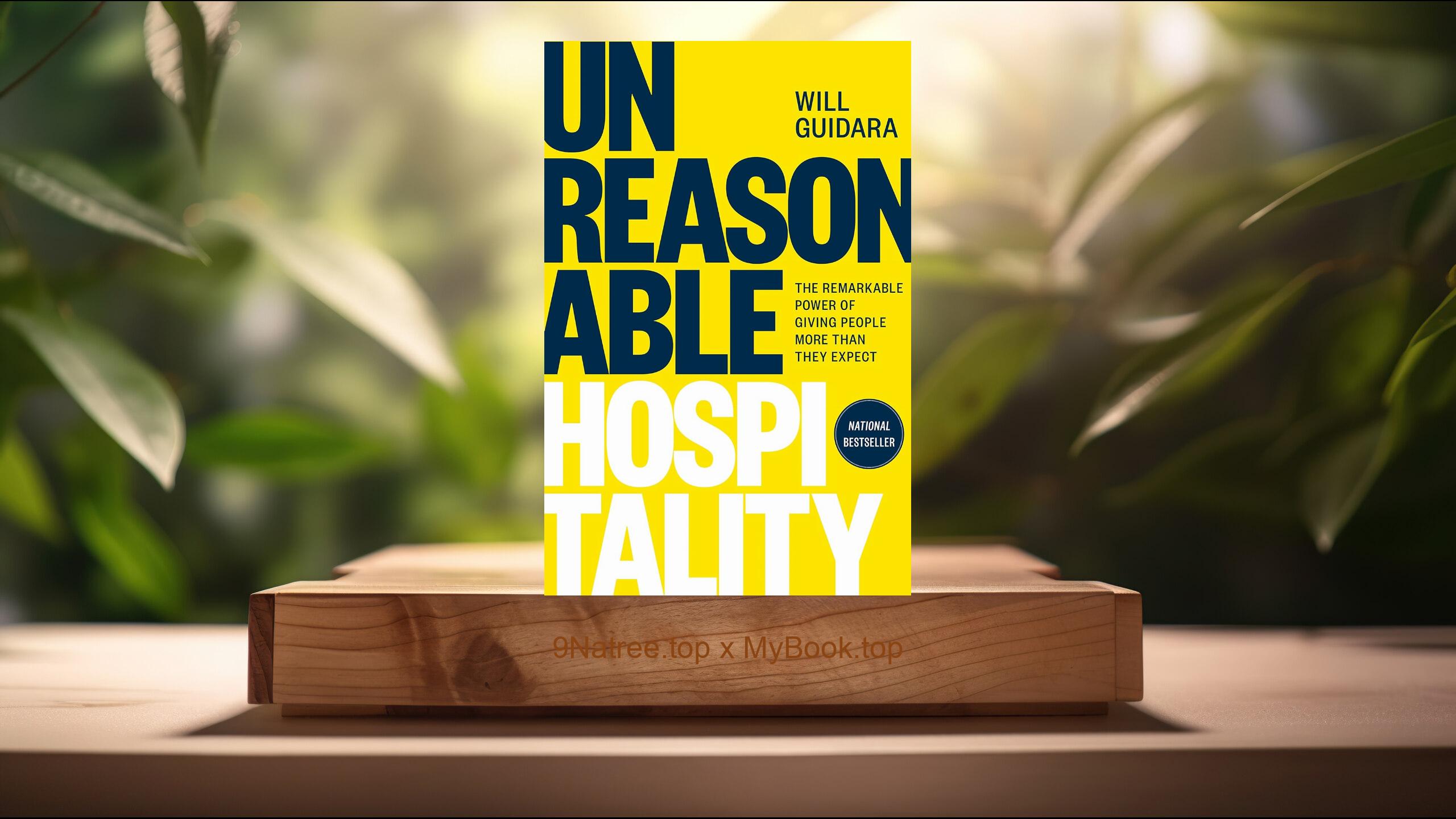Show Notes
Buy on Amazon: https://www.amazon.com/dp/B00555X8OA?tag=9natree-20
Read more: https://mybook.top/read/B00555X8OA/
#CognitiveBias #DecisionMaking #BehavioralEconomics #Psychology #Heuristics #System1andSystem2 #DanielKahneman #ProspectTheory
These are takeaways from this book.
Firstly, The Two Systems, Daniel Kahneman introduces the concept of two distinct systems that drive the way we think and make decisions. System 1 operates automatically and quickly, with little or no effort and no sense of voluntary control. It’s responsible for quick judgments, simple tasks, and gut reactions. It can be amazingly accurate but is also prone to biases and errors. On the other hand, System 2 requires attention and effortful mental activities, including complex computations. It is activated when we engage in difficult tasks, check the validity of a logical argument, or focus in a way that overrides impulses. Kahneman's fascinating exploration shows how these two systems can conflict and cooperate, leading to complex cognitive behaviors that influence our decisions and judgments. Understanding these systems helps illuminate the strengths and weaknesses of human thought processes, explaining why we are prone to cognitive biases and how our intuition can both help and mislead us.
Secondly, Heuristics and Biases, Kahneman delves into the realm of heuristics, mental shortcuts our brains use to simplify decision-making tasks, often leading to systematic biases. These biases stem from the reliance on System 1 thinking, which economizes on mental effort but can lead to predictable errors. Kahneman explains several major biases, such as the availability heuristic, where people judge the frequency or likelihood of an event by how easily examples come to mind, and the representativeness heuristic, where people match observations to pre-existing stereotypes without considering actual statistical likelihood. Kahneman’s examination extends to the anchoring effect, where initial exposure to a number influences subsequent judgments. This section sheds light on how these mental shortcuts influence our decisions, often leading us astray from objective reasoning and making us susceptible to errors in judgment.
Thirdly, Overconfidence, One of the book’s critical analyses is on overconfidence — our unwarranted faith in our own intuitive judgments, predictions, and decisions. Kahneman exposes how overconfidence is rooted in System 1’s tendency to construct coherent stories from available data, ignoring statistical information and the uncertainty of outcomes. This bias towards believing in the accuracy of our intuitive judgments often leads to overestimation of our knowledge, underestimation of risks, and the reluctance to change our beliefs in the face of contradictory evidence. Kahneman uses vivid examples and research findings to illustrate how overconfidence can lead businesses, governments, and individuals to make grave mistakes and how being aware of this bias can significantly improve decision making and planning.
Fourthly, Prospect Theory, A highlight of Kahneman’s work presented in the book is the 'Prospect Theory', which earned him the Nobel Prize. This theory contrasts with the traditional economic assumption that humans are rational actors who make decisions to maximize utility. Instead, Prospect Theory suggests that people value gains and losses differently, leading to non-rational decision making. People tend to be loss-averse, valuing avoiding losses more than acquiring equivalent gains. This section deeply explores how our decisions are significantly influenced by the fear of losing rather than the prospect of gaining, elucidating on rules such as the endowment effect, status quo bias, and framing effects. Kahneman's explanation of Prospect Theory enhances our understanding of economic and financial decisions, illustrating how real people diverge from the 'rational actor' model.
Lastly, Improving Decision Making, In the final analysis, Kahneman offers practical insights into improving our decision-making processes. Acknowledging the inherent flaws in human cognition and the interplay between System 1 and System 2, he provides strategies for mitigating biases and errors. These include fostering awareness of biases, slowing down decision-making processes to engage System 2, requiring justification for decisions to ensure a more thorough evaluation, and using statistical thinking to avoid overconfidence in personal judgment. Kahneman advocates for structuring choices in a way that takes human cognitive biases into account, enhancing both personal and organizational decision-making. This part of the book moves beyond identifying problems to offering solutions, providing readers with concrete ways to think clearer, make better decisions, and ultimately lead more rational lives.
In conclusion, ‘Thinking, Fast and Slow’ is an essential read for anyone interested in psychology, economics, or simply understanding the intricacies of human thought processes. Daniel Kahneman’s profound insights into the dual nature of the mind offer valuable lessons on the biases and errors that affect our decisions, judgments, and beliefs. By becoming aware of the workings of System 1 and System 2, readers can better navigate the complexity of decisions, improve their judgment, and make wiser choices. This book is not just for academics or professionals but for anyone looking to understand the depths of human cognition and improve their decision-making. It equips readers with the knowledge to recognize biases in themselves and others, fostering a more rational approach to thinking and living. In an era where decisions are increasingly complex and consequential, ‘Thinking, Fast and Slow’ provides the tools to think more clearly, make better decisions, and live a more thoughtful and rational life.
![[Review] Thinking, Fast and Slow (Daniel Kahneman) Summarized](https://episodes.castos.com/660078c6833215-59505987/images/1699829/c1a-085k3-wnvvz92mu84d-nfokar.jpg)




